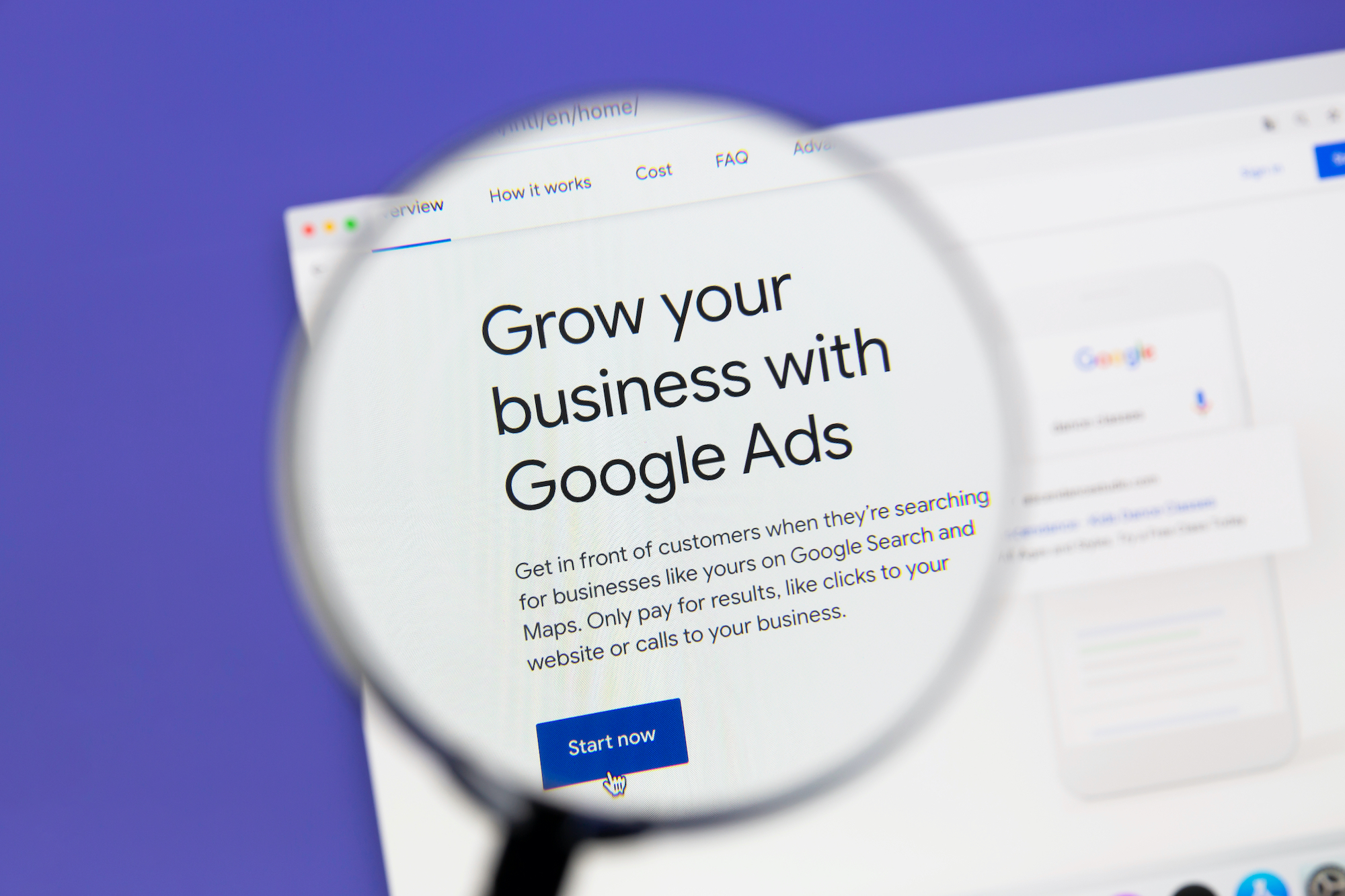Advertisers have raised questions about the difference between Google’s “Audience Expansion” and “Optimized Targeting” after an email went out to some Google Ads advertisers announcing that that Video Action and Discovery campaigns using audience expansion would soon be migrated to optimized targeting.
The goal of this post is to help clarify the difference between the two.
Before we dive into that, here’s a bit of background for those who didn’t receive the announcement.
Google’s Original Announcement
The original email from Google Ads stated:
“We’re migrating Video Action and Discovery campaigns that use audience expansion to optimized targeting. Optimized targeting is a new feature that looks beyond audience segments in your targeting to find customers that you may have missed and improve campaign performance. Similar to audience expansion, optimized targeting uses audience segments to inform our system to identify conversions and find additional groups of customers who are likely to convert and hit your campaign goal. In addition, demographic segments may now be added to optimized targeting to find more conversions.”
So What Exactly Is Changing?
We reached out to Google to better understand exactly what would change with this migration.
A Google spokesperson shared this quote:
“Google Audience expansion limited campaigns from benefiting from Google’s auto-targeting systems by expanding only on the user-selected audiences.
Optimized targeting is a new paradigm for auto-targeting that can move beyond any selected criteria to optimize into the best performing audiences for a given ad group while meeting the campaign’s objective. Our goal is to provide better performance for advertisers by moving to this more dynamic system.”
Essentially, the primary difference between Google’s Audience Expansion and Optimized Targeting is that the first looks to expand only upon the audiences in any given campaign, while the latter isn’t relegated to expanding only on the specific targeted audiences but rather can expand more fluidly in any area of targeting – such as demographics, for instance, in order to drive more of the intended action.
For example, if you’re targeting 25-35 but there are 36-45 yo showing similar indicators that they would likely take the intended actions, they could also be pulled into your targeting.
Will The Campaign Prioritize My Targeting?
Optimized Targeting algorithms will aim to increase the number of conversions delivered with the same budget and will prioritize whoever is believed to be most likely to take the intended action, which may not be the original targets.
The Transition Period
The transition from audience expansion to optimized targeting will happen automatically, which means advertisers aren’t able to opt-out of the adjustment.
Only Video Action and Discovery campaigns employing audience expansion are eligible for this change.
This migration is set to happen before the end of June.





